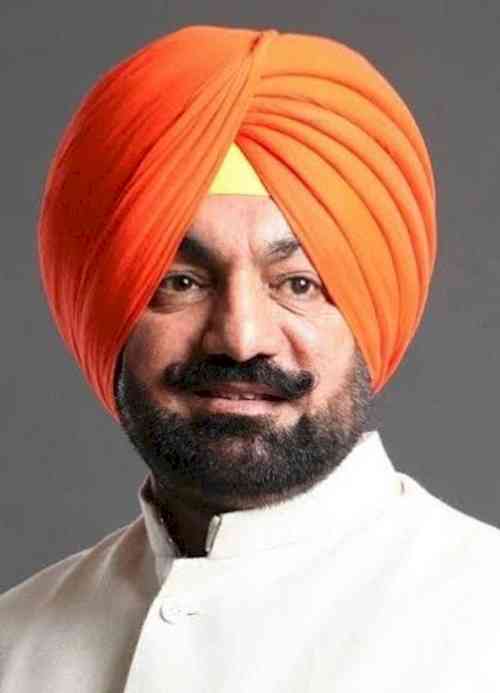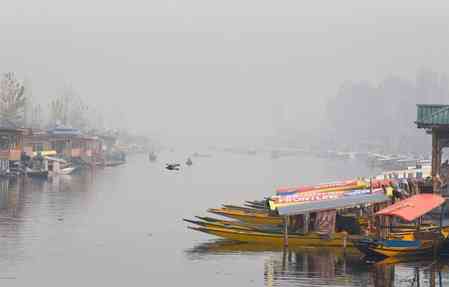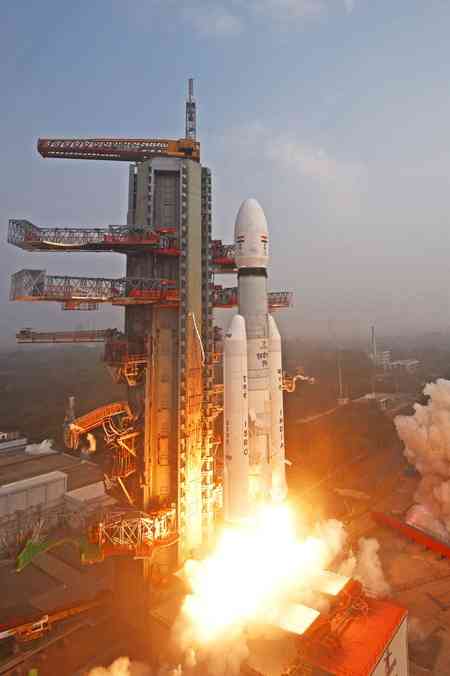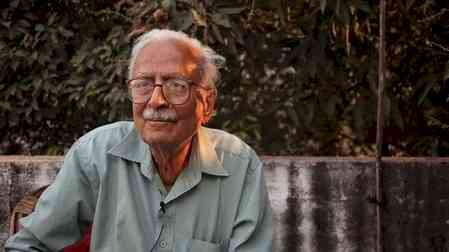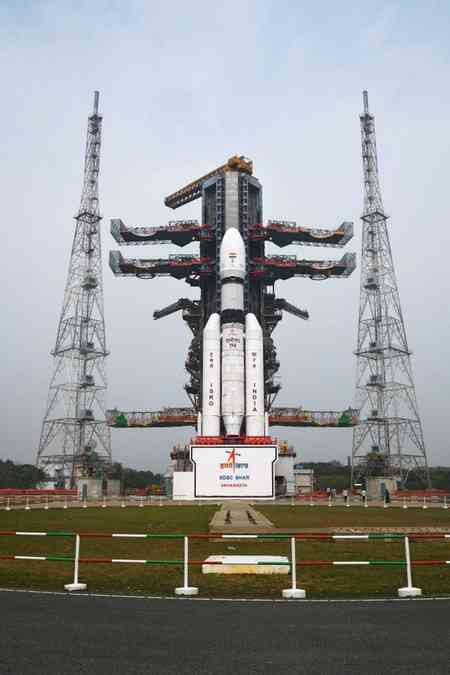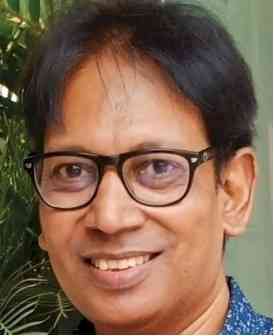Jharkhand seeks World Heritage tag for village with 108 historic temples
Maluti (or Malooti) is a tiny village near Shikaripara town of Dumka district of Jharkhand. With a population of nearly 2,500 to 3,000, this unique village consisting of as many as 108 magnificent ancient temples with both the state and Central governments making sincere efforts to declare it a UNESCO World Heritage Site.
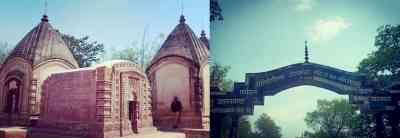
SHAMBHU NATH CHOWDHARY
Ranchi, 11 Dec (IANS) Maluti (or Malooti) is a tiny village near Shikaripara town of Dumka district of Jharkhand. With a population of nearly 2,500 to 3,000, this unique village consisting of as many as 108 magnificent ancient temples with both the state and Central governments making sincere efforts to declare it a UNESCO World Heritage Site.
Spread over an area of 406 hectares, this village has numerous historical, religious and marvellous architectural ancient heritage structures that one is bound to leave one spellbound with ancient temple structures.
The tableau of this village of 108 temples and beautiful ponds was presented during the Republic Day parade in New Delhi in 2015 when the then U.S. President Barrack Obama, who was the chief guest, was also impressed.
This tableau was selected for the second prize at the 2015 Republic Day parade and this the rich historical heritage of Maluti attracted the attention of the government and tourists.
Prime Minister Narendra Modi has shown personal interest in bringing Maluti on the map as a historical and religious heritage site after which construction work worth Rs 13.67 crore bagen to preserve these heritage sites with the help of Central government.
On October 2, 2015, the Prime Minister virtually laid the foundation stone of this scheme to project Maluti as a world-class heritage site. However, the organisation which was entrusted with the work of preserving these heritage sites and renovating the temples located here, was accused of tampering with their original form.
Construction works came to a halt in 2018 due to objections raised by the locals and historians. Jharkhand Governor Ramesh Bais also visited Maluti a few months back.
After returning from Maluti, the Governor held a meeting with the state Tourism department officers in October where he expressed his disappointment over the works of restoration of temples in Maluti.
Bais said that in order to preserve these heritage sites, there should be minimum interference with the ancient style and structure of these temples. Now the Jharkhand Tourism Department is preparing to start the second phase of the restoration works soon.
In 2010, the Global Heritage Fund, an organisation working on restoring the heritage of ancient structures, included the temples of Maluti in the list of the world's 12 most endangered heritage sites.
Nearly 250 to 300 years ago, of the 108 temples built in Maluti, only 72 are left. The number of ponds have also reduced to 65.
Due to lack of maintenance, many priceless heritage structures have been destroyed. In recent years, apart from the government, many researches have been conducted on these heritage sites of Maluti at the non-governmental level as well due to which the tourists, including other states apart from Jharkhand, Bihar and West Bengal, frequently visit here in large numbers.
The story of construction of 108 temples and ponds in Maluti is quite interesting. When Bengal was ruled by Sultan Ala-ud-din Hussain Shah between 1494-1519, it is said that the Sultan had a penchant for keeping eagles.
One day, one of the Sultan's favourite eagles went missing so he announced a huge reward for any one who could find the bird. A youth named Basant Rai found this eagle.
Pleased with Rai's effort, the Sultan gifted the land of Maluti and surrounding areas to him. After owning the land, Basant Rai became known as Raja Baj Basant. His descendant Raja Rakhad Chandra Rai devoted his time to religious pursuits, rituals and ceremonies. He built the first temple in Maluti in 1720 A.D. It is said that other members of his family also started competing with each other regarding the construction of temples.
As many as 108 temples and as many ponds in number were built one by one by the same family. Of these, the tallest temple is 60 feet high and the smallest is only 15 feet high.
Maluti is also known as 'Gupt Kashi'. Ancient inscriptions reveal that Maluti was once known as the 'Land of Gods'. Realising the religious significance of Maluti, the then Muslim ruler Sultan Ala-ud-din Hussain Shah (1493-1519) declared this area as a tax-free land.
The temples built in Maluti are of terracotta form. They bear the imprint of the ancient architecture of Chala, Bengal and Orissa.
Somnath Arya has written a book titled 'Beyond Comparison' on Maluti with assistance from Jharkhand government. He said that the main temple out of these these 108 temples is of Goddess Mauliksha.
The landlord family worships Goddess Mauliksha as the 'Kuldevi' (ancestral diety). Some believe that she may possibly be a goddess of Tantric traditions of Buddhism. 'Vajrayana' or 'Tantric Buddhism' was very prevalent in Maluti till the 15th century.
It is quite possible that later on people of Hindu religion also started worshiping Goddess Mauliksha. Historians have come to the conclusion that the construction of temples started in this village from 1720, and continued till 1845.
The maximum number of temples built here are dedicated to Lord Shiva.
Apart from these there are temples devoted to goddess Durga, Kali, Dharmaraj, Mansa Devi and Lord Vishnu built here. Attractive artifacts of terracotta (baked clay) are inscribed outside the temple. These artworks are based on the themes of Ramayana and Mahabharata.
Artifacts based on the events of Ram-Ravana war, Ram leela, Krishna leela, Ram's exile in the forest, Jatayu episode, abduction of Sita, Vakasur war etc. are depicted. One similarity in all these temples is that the entrance of all of them is quite small.
Nearly all the temples have terracotta panels on the exterior which have not been destroyed even after 300 years. These panels of terracotta have been joined very closely.
These terracotta tiles of varying sizes have intricately carved religious and historical scenes. Somnath Arya said that there is a need to speed up government's efforts to include Maluti's heritage in the list of UNESCO's World Heritage. If this happens, this whole area will emerge on the map of global tourism.


 IANS
IANS 
